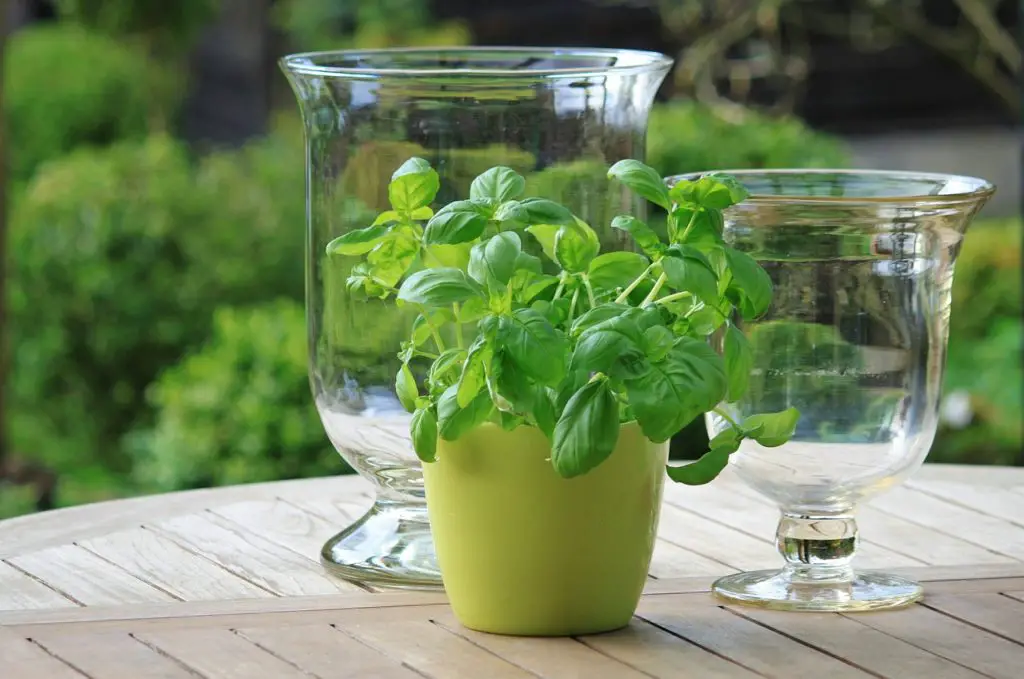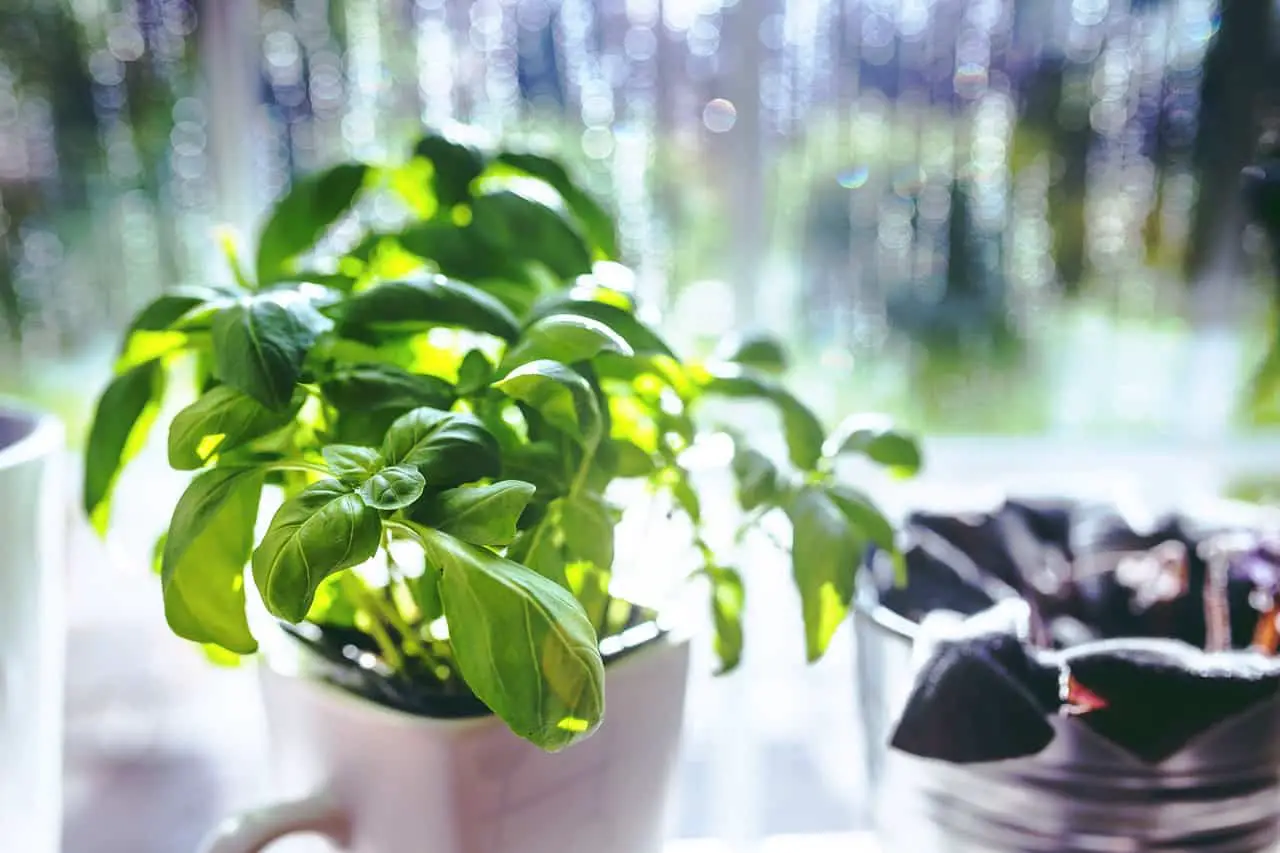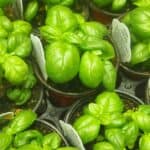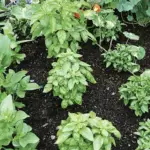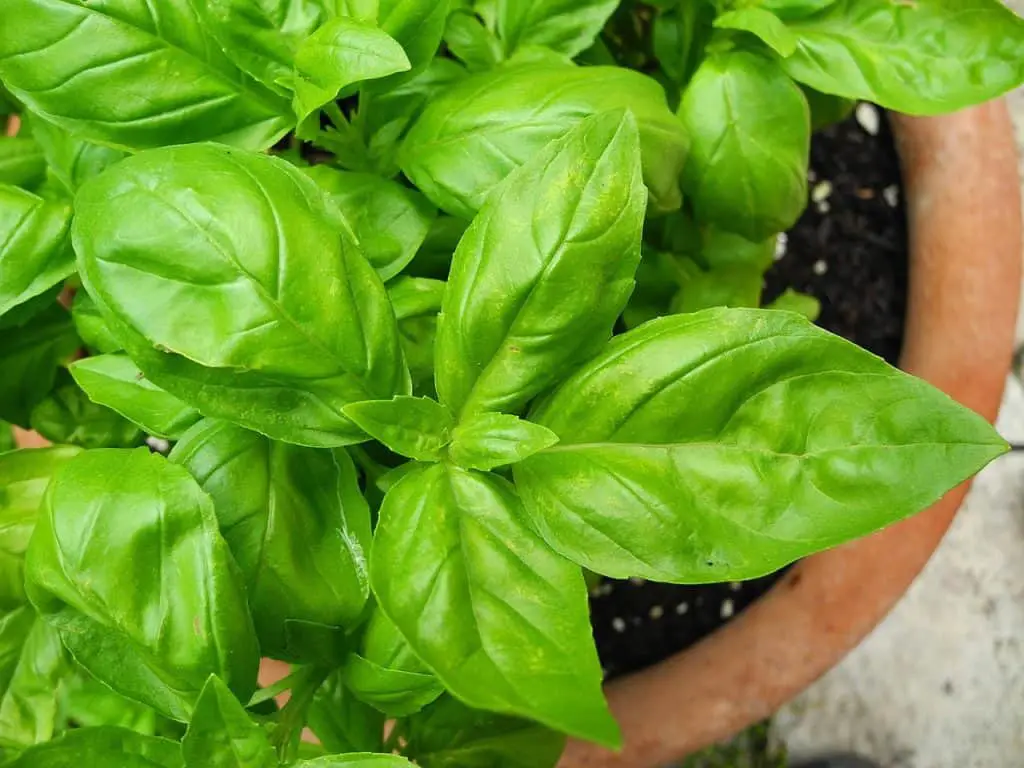
Why Is My Basil Dying
Welcome to this post about why your basil plant at home might be dying. It can be because of a number of different reasons. Some of the most common ones are not enough nutrients in the soil. The soil is too dry or the sun is too hot and the plant is starting to wilt because of it. Luckily in this article we will be talking about some of the ways you can prevent this happening and bring you basil back to life. It’s a fragile herb so you need to make sure you take care of it when it needs it.
Is your basil plant starting to flower a whole lot and you are wondering why that is happening. Then we have written a dedicated article answering some of the most common questions surrounding this topic. Find it here, Why Is My Basil Flowering.
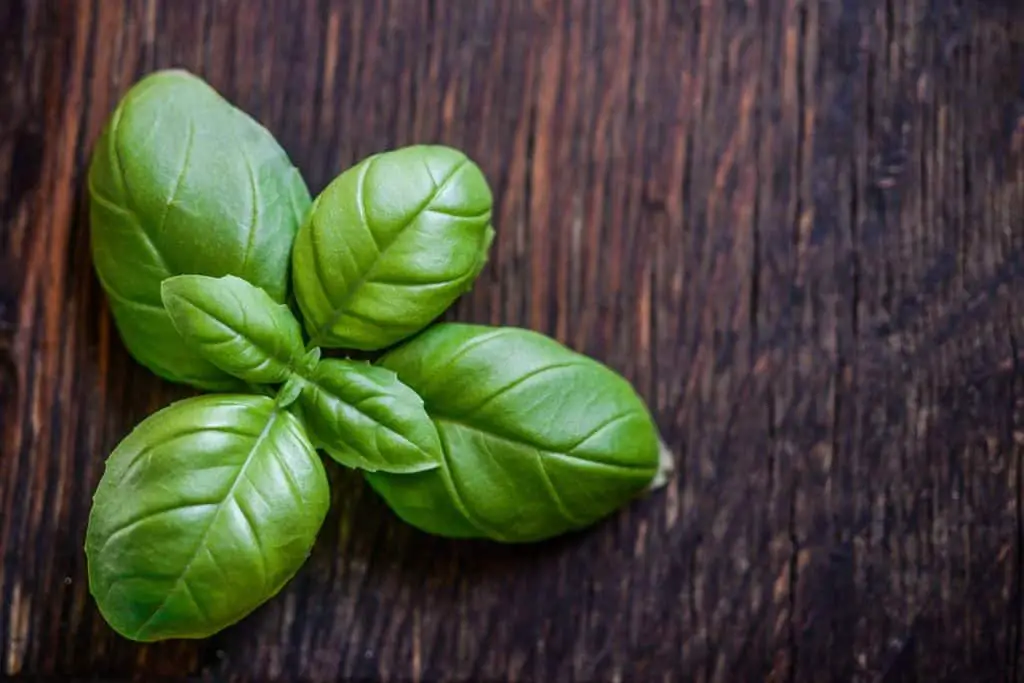
Why Is My Basil Dying
The most common reason for your basil dying is because of the lack of nutrients in the soil. Just like you might be seeing small brown spots on the plant, this also results from a lack of nutrients. This deficit will stress the plant as it has to spend more energy getting it and less on growth. After this goes on for a while the plant can’t keep up and will start to wilt and eventually die off. Fortunately this can be fixed.
The only real solution to fixing a soil without enough nutrients and beneficial bacterias is to supply it with fertilizers. This will give it a boost and also all things that are growing in it. We always recommend that you use an organic fertilizer and that will make sure that you can still eat what you are growing once it’s time for harvest. But if you have the opportunity to maneuver then use that. But be aware that it can smell a bit. It can be used both if you keep the basil in a pot or on freeland.
Another factor for a dying basil plant is the lack of water in the soil. This is probably the easiest problem that you can fix. You just need to water the soil more in small amounts to get it even. We recommend you only water until the soil is feeling moist and no water is pooling at the top. That can otherwise indicate there is too much water in the soil and the roots might start to rot now. Slow and steady wins the game with this approach.
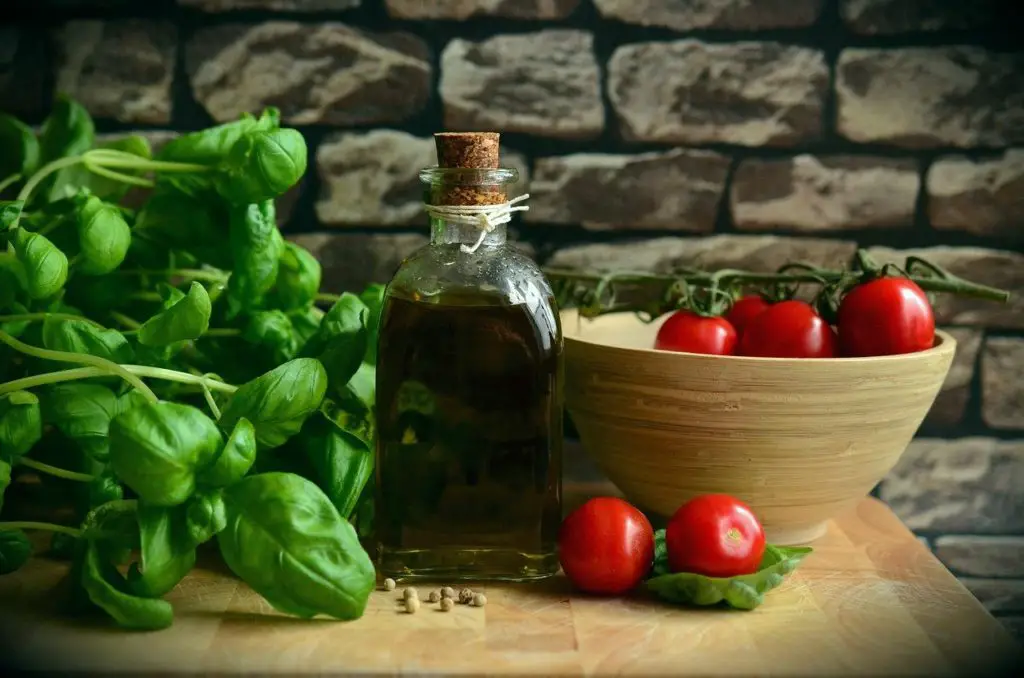
How Do I Bring My Basil Back To Life
A factor that might get overlooked is how much sun the plant is getting every day. It needs about 6 – 8 hours if it’s growing outside. This is the necessary amount for it to continue growing steadily. If you are growing basil indoors however, like a lot of people are doing then it will need 10 hours of light. Having this covered and mixed with a healthy soil and proper watering will bring the dying basil plant back to life.
Let’s reiterate again a little bit on what we talked about so far. The most probable reason for a dying basil plant is lack of a healthy soil and not enough water too. These are pretty easy problems to solve if you have read what we explained above. Also make sure that the plant is getting the necessary amounts of sun during the whole day.
Is your basil plant perhaps turning more brown with every day that passes and you can’t figure out why. Then we have the perfect article for you. Find it here, Basil Plant Turning Brown, How To Fix It.
